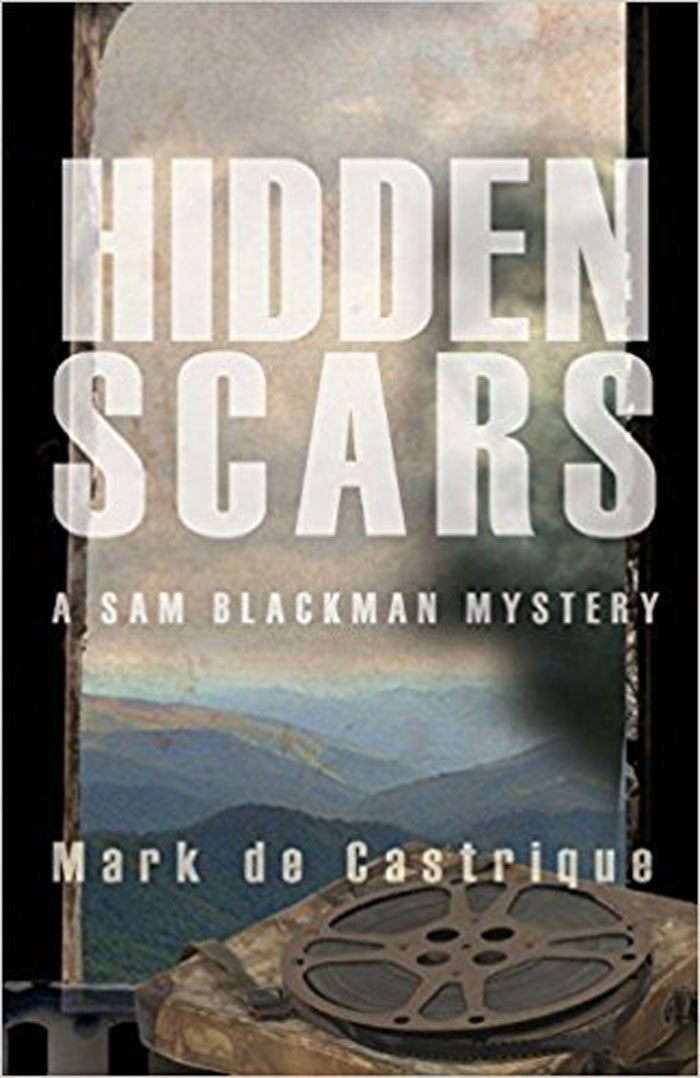4 N.C. books you should know
Published 12:00 am Sunday, May 13, 2018
By D.G. Martin
N.C. Bookwatch
Here are four more North Carolina-related books for your spring reading.
Many of us remember the court-ordered desegregation of schools back in the early 1970s. But we never really understood what it was like for the children whose routines and expectations were disrupted.
Two female students, one black, one white, were reassigned from schools where they felt at home to the formerly all-black Hillside High School in Durham.
More than 40 years later, the white student, Cindy Waszak Geary, and the African-American one, LaHoma Smith Romocki, came together to write “Going to School in Black and White: A dual memoir of desegregation.”
The result is a poignant and instructive look back and reflection. Their recollections can be a help to those of us who still struggle with the challenges of giving young people the background and resources to succeed.
As the authors explain, their book is “the story of how we, Cindy and LaHoma, one of us white and one of us black, came of age in the midst of 1970s’ court-ordered school desegregation — and what this experience means to us now. Sharing our memories became a worthy experience itself and one that we hope will inspire others to risk potentially difficult conversations during these critical days in our complicated America.”
Graduates of any of North Carolina’s fine colleges and universities sometimes assert that theirs is the best known or most influential.
Those tags might, however, be better applied to an institution that went out of business 60 years ago, Black Mountain College.
Still today, educators praise and criticize the college’s progressive and collaborative approach. A recent exhibit at Boston’s Institute of Contemporary Art, titled “Leap Before You Look: Black Mountain College 1933-1957,” celebrated the college’s “cultural force long felt” and the “school’s ethos, in which experience was the basis of knowledge, and objects were not fixed things, but mirrors of their environment, the result of action and experimentation.”
One fun way to learn about the college and its history is by reading Asheville’s Mark de Castrique’s detective story novel, “Hidden Scars.” Two modern detectives set out to solve a 70-year-old death and stumble into a complicated set of new crimes.
Best-selling Winston-Salem-based author Charlie Lovett’s latest novel, “The Lost Book of the Grail,” connects its readers to King Arthur, the Holy Grail and more than 1,000 years of British church history. The book is an unusual thriller. Its central character, a teacher named Arthur Prescott, is happiest when he is among the ancient books and manuscripts in the library of a historic cathedral. How Lovett blends the disruptive challenges of modern technology with the legacy of the Holy Grail is itself an entertaining miracle.
In 2012, N.C. State University writing teacher, Belle Boggs wrote the following in an essay for Orion Magazine. “It’s spring when I realize that I may never have children, and around that time the thirteen-year cicadas return, burrowing out of neat, round holes in the ground to shed their larval shells, sprout wings, and fly to the treetops, filling the air with the sound of their singular purpose: reproduction. In the woods where I live, an area mostly protected from habitat destruction, the males’ mating song, a vibrating, whooshing, endless hum, a sound at once faraway and up-close, makes me feel like I am living inside a seashell.”
Those lovely and poignant words led to Boggs’s book, “The Art of Waiting: On Fertility, Medicine, and Motherhood.” The book expands her exploration of her deepest feelings about her seeming inability to have a much-desired child. She deals with themes of hope, loss, and identity and explores the hosts of medical diagnoses and treatments as well as the human toll those things take.



